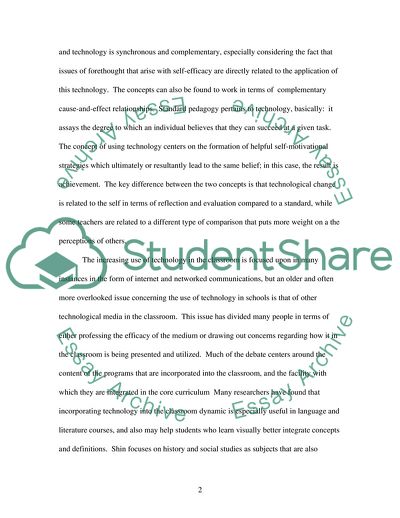Cite this document
(Technology Integration in the High School Classroom Research Paper, n.d.)
Technology Integration in the High School Classroom Research Paper. https://studentshare.org/technology/1735467-technology-integration-in-the-high-school-classroom
Technology Integration in the High School Classroom Research Paper. https://studentshare.org/technology/1735467-technology-integration-in-the-high-school-classroom
(Technology Integration in the High School Classroom Research Paper)
Technology Integration in the High School Classroom Research Paper. https://studentshare.org/technology/1735467-technology-integration-in-the-high-school-classroom.
Technology Integration in the High School Classroom Research Paper. https://studentshare.org/technology/1735467-technology-integration-in-the-high-school-classroom.
“Technology Integration in the High School Classroom Research Paper”. https://studentshare.org/technology/1735467-technology-integration-in-the-high-school-classroom.


